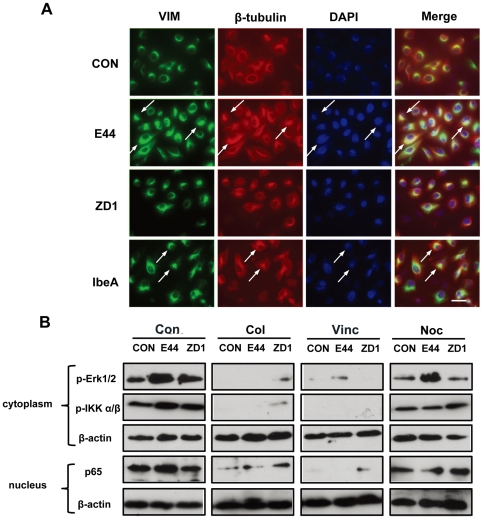Figure 6. β-tublulin is required for IbeA+ E. coli K1-induced NF-κB activation.
(A) IbeA− and IbeA+ E. coli K1-induced β-tubulin/vimentin clustering and colocalization. Immunofluorescence microscopy was used to examine the clustering and reorganization of vimentin and β-tubulin after 2 h of incubation with the IbeA protein (0.1 µg/ml), E44 or ZD1 (25 MOI). HBMECs were triple-stained with the V9 antibody against vimentin conjugated to FITC (green), the rabbit antibody against β-tubulin conjugated to rhodamine (red), and DAPI (blue). The merged images are shown in the right-hand panels (Merge). Arrows indicated cells with colocalization between vimentin and β-tubulin around the perinuclear region. Scale bar, 50 µm. (B) Blockage of IbeA+ E. coli K1-induced cytoplasmic activation and nuclear translocation of NF-κB (p65) in HBMECs by the microtubule inhibitors. HBMECs were incubated with or without colchicines (Col, 2 µM), vincristine (Vin, 1 µM), nocodazole (Noc, 25 µg/ml) for 60 min before stimulation with E44 or ZD1 (107/ml). Phosphorylation of ERK1/2 (p-Erk1/2) and IKK α/β (p-IKK α/β) was examined in cytoplasmic fractions after 30 min of E. coli K1 treatment. NF-κB (p65) translocation to nucleus in nuclear fractions was examined after 2 h of E. coli K1 incubation. β-actin in both fractions was detected as internal loading controls. CON, control without bacterial stimulation.

